Understanding ADHD symptoms can be life-changing, but they often look different depending on age and gender. From the overlooked ADHD symptoms in women to the often hidden adult ADHD symptoms, the condition doesn’t always appear in obvious ways. Parents may notice unique ADHD symptoms in kids, while adolescence brings its own challenges with ADHD symptoms in teens. In this post, I share what these signs look like across life stages and how they’ve shown up in real experiences. Follow me for more resources, tools, and personal insights.
Recognizing the First ADHD Symptoms and How They Affect Daily Life
When I first heard about ADHD symptoms, I honestly thought it was just about being “too hyper” or “too lazy.” It took me years to realize that these signs were present in my own life from a young age. Looking back, I can now see how the little things—like losing focus easily and struggling with small tasks—were not just quirks but part of something bigger.
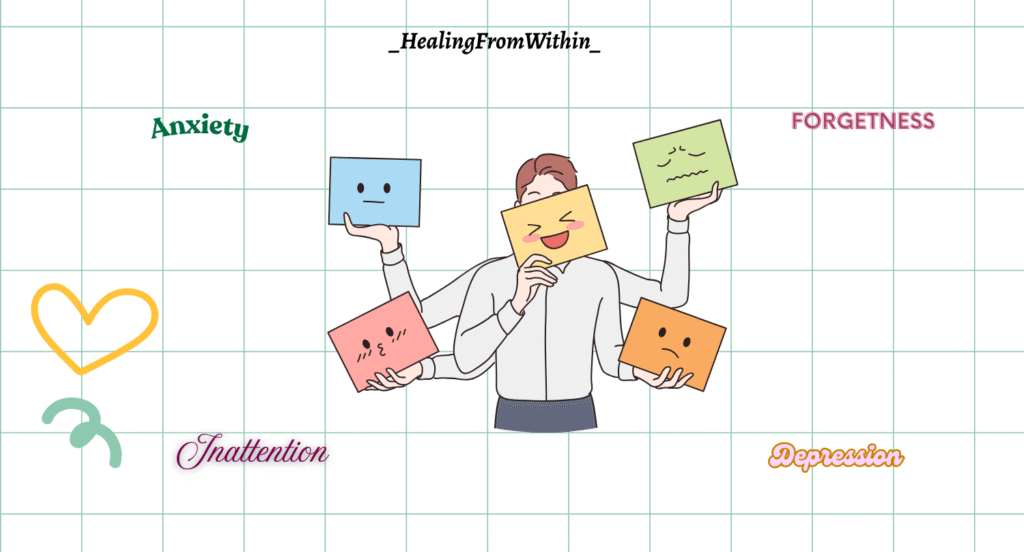
As a child, I often daydreamed in class, missing important instructions without even realizing it. Teachers thought I was simply not trying hard enough, while my parents assumed I was careless. I remember forgetting my homework countless times, not because I didn’t want to do it, but because it would slip my mind the moment I left school. These early ADHD symptoms shaped the way others saw me, even though I didn’t fully understand them myself.
Spotting ADHD Symptoms in Kids: Early Signs Every Parent Should Know
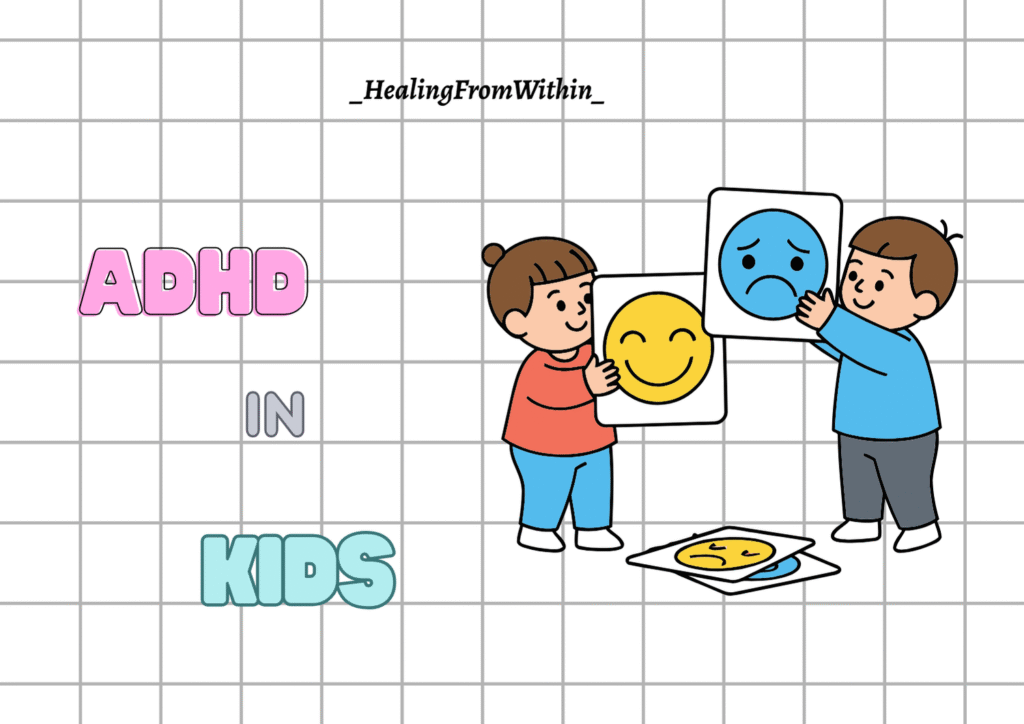
When I think about kids today, I see many of the same struggles I once had. ADHD symptoms in kids can be tricky to identify because they often look like normal childhood behaviors. Still, there are patterns that become clearer when you know what to watch for.
Inattentive Symptoms That Go Unnoticed
Some children spend hours lost in their thoughts, unable to complete simple classwork. Teachers may think they are lazy or not interested, but in reality, their brains simply work differently. These kids can miss entire lessons because their focus drifts, leaving them behind academically without anyone realizing why. I remember how isolating that felt.
Hyperactive Moments Everyone Remembers
Then there are the kids who can’t sit still, who are always tapping, running, or interrupting. I was one of them at times, moving constantly as if my body had its own motor. These behaviors drew attention quickly, but people rarely understood the cause. Instead of compassion, we were often told to “just behave.”
School was a mixed experience for me. I loved learning but hated feeling different. My ADHD symptoms made friendships harder, since other kids didn’t always understand why I acted the way I did. Those memories still stay with me today.
A Guide to Navigating ADHD Symptoms in Adolescents for Better Support
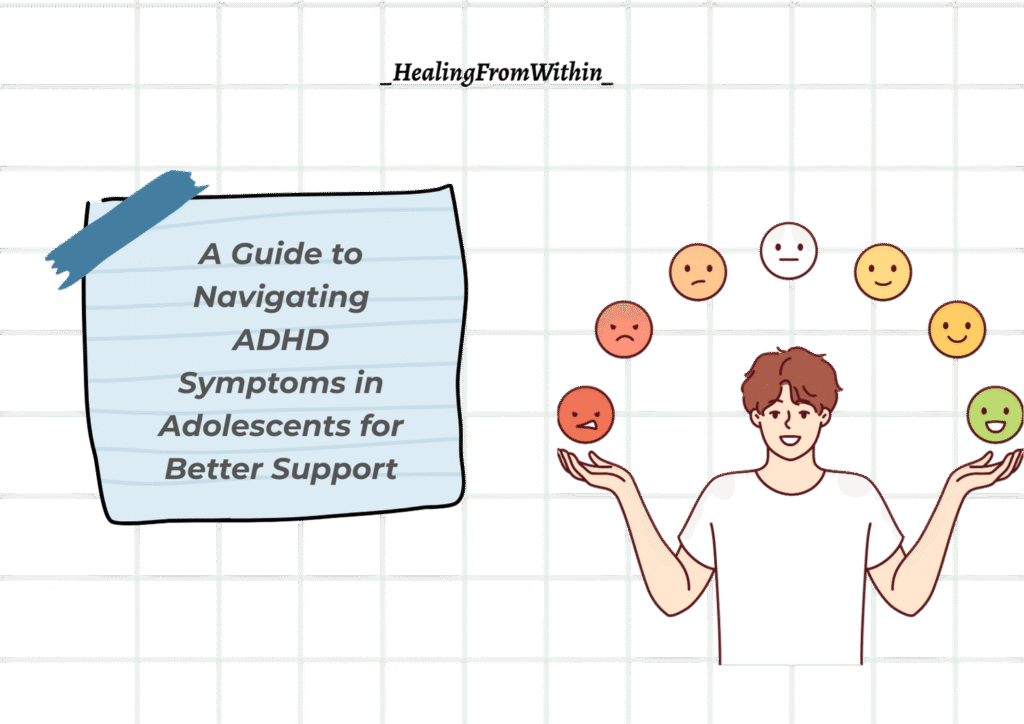
The teenage years brought new challenges. ADHD symptoms in teens often evolve, shifting from obvious hyperactivity disorder to struggles with identity and responsibility. For me, it became less about running around and more about trying to manage pressure.
Academic Pressures with ADHD
Studying for exams was exhausting. I couldn’t sit still long enough to focus on textbooks, and I often forgot assignments even when I wanted to succeed. The more I tried, the more I felt like I was failing compared to my peers. That sense of being left behind only grew stronger.
Emotional Rollercoaster
My emotions during this time were intense. I could go from laughing with friends to feeling anxious or angry within minutes. These ups and downs weren’t just teenage hormones—they were part of how ADHD symptoms played out for me. It made me feel unstable, and I wished someone had explained what was really happening.
To survive, I created little tricks for myself. Breaking tasks into smaller steps helped me stay on track, even if it wasn’t perfect. Keeping a notebook saved me from forgetting everything. Those small strategies became a lifeline, even though I didn’t yet have an official diagnosis.
Living with Adult ADHD Symptoms: Understanding Challenges and Daily Impacts
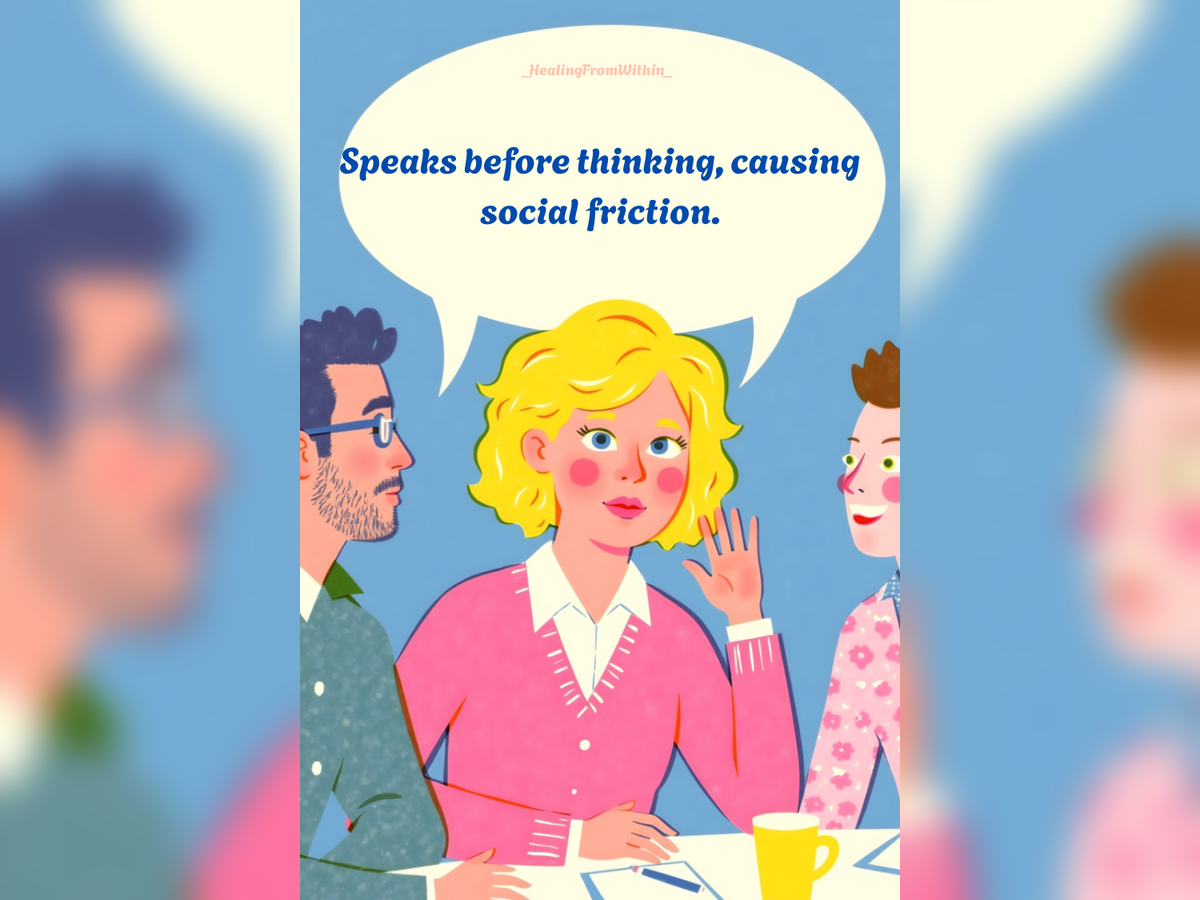
By the time I became an adult, I realized that adult ADHD symptoms don’t disappear—they just look different. Instead of running around, I found myself battling deadlines, forgetfulness, and stress.
Work, Deadlines, and Forgetfulness
I can’t count the number of times I missed an important deadline because I got caught up in something else. Colleagues often saw me as unreliable, even though I worked twice as hard to stay on track. The frustration of trying and failing over and over again was overwhelming.
ADHD and Relationships
Relationships also brought challenges. Forgetting small details, arriving late, or zoning out during conversations created unnecessary conflicts. I didn’t mean to hurt people, but my ADHD symptoms sometimes made me seem careless. It took time to explain and for loved ones to understand.
The turning point was realizing that ADHD didn’t define me—it was just part of my story. Once I accepted that, I could finally focus on strategies to work with my brain instead of against it. Self-acceptance became the first real step toward balance.
Over time, I also learned how ADHD looks different in women. Friends shared their stories, and I began to see how gender plays a role in how symptoms appear and are perceived.
Understanding ADHD Symptoms in Women
Over time, I also learned how ADHD looks different in women. Friends shared their stories, and I began to see how gender plays a role in how symptoms appear and are perceived.
Subtle Signs That Are Overlooked
Many women experience inattentiveness more than hyperactivity, which often gets dismissed as being “forgetful.” Unlike the noisy hyperactive kids, these subtle symptoms fly under the radar, delaying diagnosis. I saw this with friends who spent years feeling misunderstood.
Hormonal Influences I’ve Witnessed
Hormonal changes, like menstrual cycles or pregnancy, often made symptoms worse. Some of my friends described feeling like their ADHD spiked during certain times of the month. It made me realize how little awareness there still is about these connections.
The hardest part for many women isn’t the symptoms themselves but the emotional toll. Anxiety, depression, and low self-esteem often go hand-in-hand. Watching loved ones go through this made me more empathetic and aware of how diverse ADHD symptoms truly are.
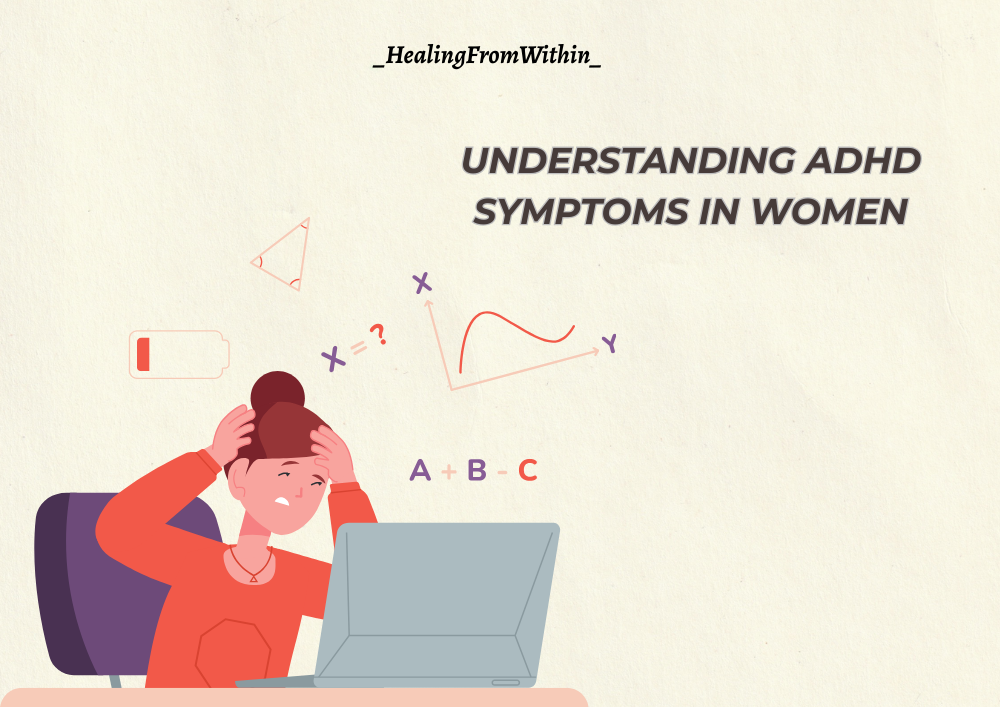
Conclusion
Looking back, my journey with ADHD symptoms has been full of challenges, but also full of learning. From being the distracted kid in class to the overwhelmed adult, I’ve come to see ADHD as part of who I am, not something to hide. If you’re on a similar path, know that you’re not alone—and there are ways to thrive.
✨ For more insights and personal stories, follow me on Pinterest and check out my books on Amazon. Together, we can turn ADHD from a struggle into a source of strength.

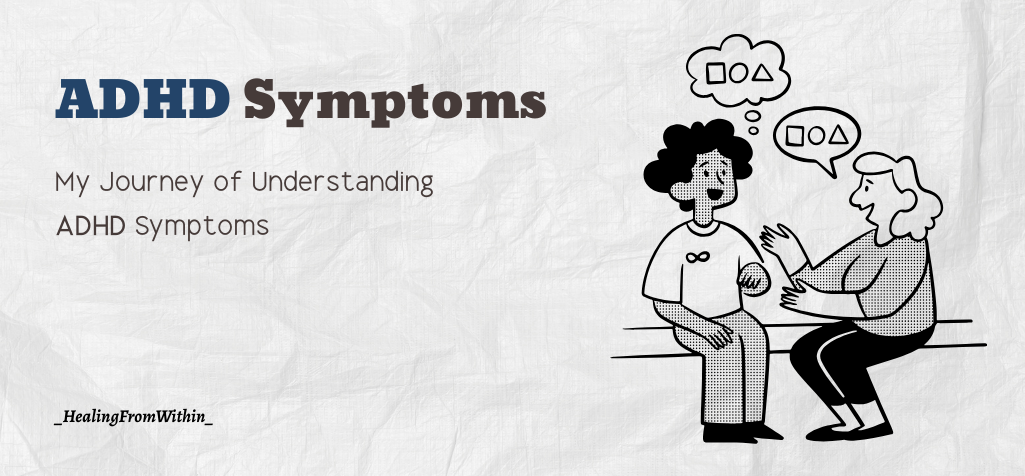
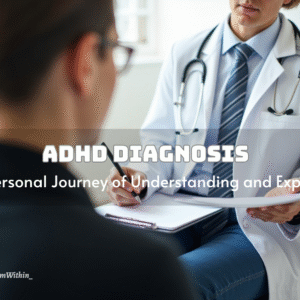
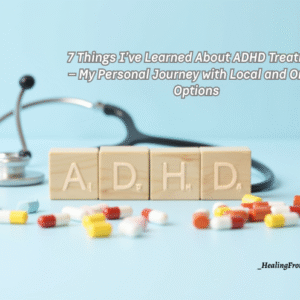
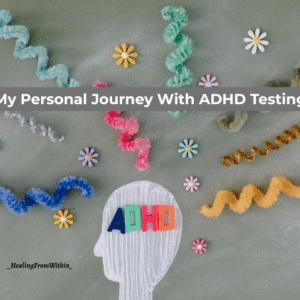
One thought on “My Journey of Understanding ADHD Symptoms”